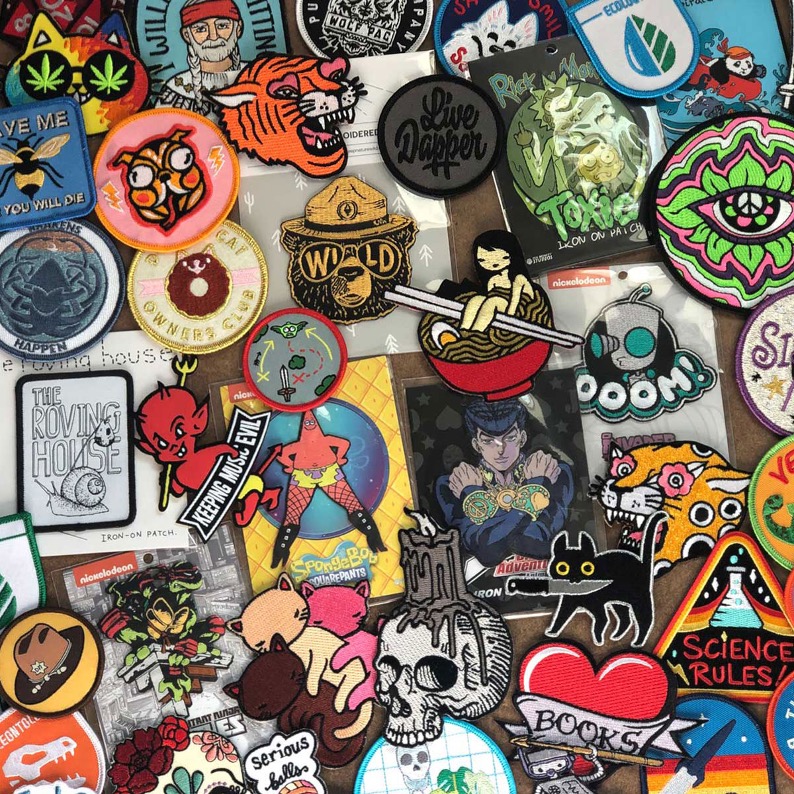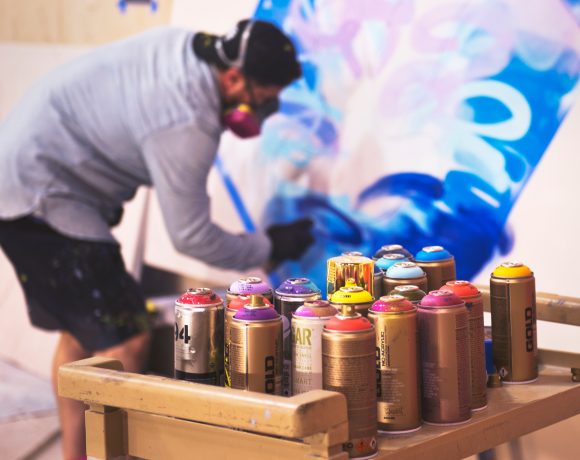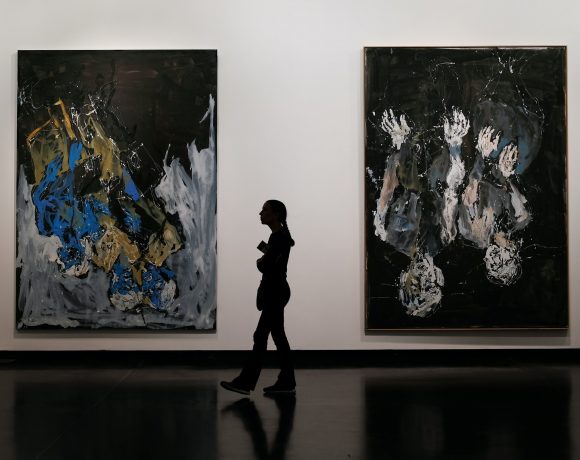A shared experience amongst artists is that no one ever gave us a proper business education or tools to operate as a brand. Schools don’t teach tools to help us and unless you’ve spent the time to self-educate or have had a trial by fire experience, you are out there just trying to make it work. I went to school for art and started a business while in college and had to find my way through the darkness, facing obstacle after obstacle. As artists, we often lean heavily into a do it yourself approach to everything. We create our own path by necessity. This is certainly a strength, but also something that holds back progress by trying to handle everything ourselves. Developing an additional revenue stream for artists can be a daunting task and one that’s often done poorly, or haphazardly just to have something to sell.
An important first consideration is determining who your customer is. What types of products would they use on a regular basis? Are there trends you are seeing amongst peers in what they are carrying around and using?
When starting your journey, it’s important to learn the difference between fully custom and promotional products. Promotional products are meant as giveaways or marketing tools, whereas fully custom merchandise is intended to either be sold or, if still intended for promotion, to represent your brand more faithfully by having more control.

Promotional products take an existing item, such as a water bottle that has a logo put onto it within restrictive, set sizes. Fully custom merchandise allows the control to design it, and print it exactly how it’s been envisioned, while offering a level of customization that makes it more unique. Well-designed products can serve as a tactile manifestation that represent your identity and serve as an extension of your brand.
Either option can be effective. The question is, how would you like to be seen and represented? If choosing promotional product options, look into items that could really be used. We’ve all gotten mountains of cheap promo products at events that never made it out the door. An item that gets thrown out right away is not serving you well and can be a waste of time and money.
There is no catch all solution for everyone, but there are some constants to take into account. We put so much time into developing our aesthetic, but often rush how we convey our message in other mediums. Adding merchandise to what you offer can be a positive and supportive side of your journey, but it takes energy and planning to execute properly. Good, well thought out, quality merchandise will always rise above the noise. “Artist” can mean a lot of different things, so let’s try to break down some ideas or approaches based on some broad ranges. Art oftentimes has to be adapted or adjusted to fit a new medium for merchandise. You may approach painting in oils vs acrylic with a different mindset or approach, and executing good merchandise requires the same thought process.
Traditional Artists
If you are a painter or traditional artist by trade, it can be tough to find products that represent your art properly. Your style and medium can influence what options are available that are capable of faithfully representing your work in a direct application. A painter may investigate offering high quality giclee prints, screen printed posters, notebooks, coffee mugs or full color tote bags. A sculptor could investigate making items such as enamel pins, pvc keychains, or other items that still convey a physical form beyond a flat, printed item. Unless you are looking to adapt your art to spot, solid colors, a lot of product options could be limited to items produced in cmyk. If you’d like to make t-shirts, you may need to use DTG (direct to garment) printing as opposed to silk screen printing.

Digital Artists
If you work in digital mediums, such as vector or raster images already, creating merchandise can be a lot easier. Each product will have specific requirements to adapt to, but if your art already exists in these formats, finding ways to convert them is much easier. Digital artist’s options are vast and can easily include desk mats, acrylic charms, enamel pins, shirts, patches, tote bags and more. It’s easy to find templates online or minimum specs needed within the digital realm. If you work in vector and want to make an enamel pin, seeing that the minimum line weight for metal lines in a hard enamel pin is 0.3mm can be as easy as adjusting stroke weights to work.
Galleries & Dealers
I’m sure you’ve exited through the gift shop more times than you can count, and the items often found within a museum gift shop can focus more on the general public than an artist trying to focus their branding. Items such as coffee mugs and tote bags are staples at gift shops, but instead of choosing a stock tan tote bag with the gallery logo on it, what if you were able to add in your brand as a sewn in woven tag, do custom-colored handles and print in full color? Which one sounds more interesting and visually appealing? There are options to go beyond the expected and the pricing is typically comparable. Making custom coffee mugs can also be taken a step further if you can justify an initial larger order amount of a few hundred pieces per design. Adding printing on the handle or to the underside, etc. can be little touches that make your coffee mug stand out.

Some great examples we’ve seen work well in a gallery or museum is when they are able to make pins based off of a specific exhibit’s work. Meow Wolf is a great example of a museum store that hits all of the branding checkmarks, while representing the vibe of the exhibit. Depending on the work you have on display and licensing, it can be trickier to incorporate merchandise based on an artist’s work, but it can be an exciting way to integrate the exhibit into a gift collection.
If you are catering to higher end clients as a dealer, it’s good to think about matching the quality of the items you make to be on par with something they’d use. No one shopping for expensive original art is needing a $0.30 pen with the gallery name on it. Look into higher quality options that will align with your customer better. A quality product that gets used will easily deliver 10x more impressions than a cheaper item that goes unused or discarded. A higher end product that is given out less often can still provide more value than a cheap item given to everyone.
Ultimately, it’s important to focus on the way you’d like your brand to be seen and represented. Spend time thinking about your brand story and then execute it, using good quality merchandise to support your vision. As creatives, we need to give similar attention to the way we are perceived and represented. How can you build up your footprint? You can do it by creating strong, supportive, intentional merchandise that is true to your mission.
_______________________________
Author’s Bio:
Greg Kerr is the Owner of Alchemy Merch, which creates custom merchandise for creatives and companies. Alchemy has made over 4 million custom products for artists, brands, and creatives in all fields. Greg guides artists and corporate clients through the process of creating quality custom merchandise that helps them achieve their goals of increased brand awareness, customer loyalty, and more. Alchemy eliminates the pain points of sourcing materials, production, quality control and design that most people encounter when making promotional products versus investing in custom merchandise. Prior to expanding his business and evolving it into Alchemy, Greg founded Pin Game Strong, making custom enamel pins for artists and corporate clients.
Art and creativity are in Greg’s blood. He is a musician and performs in a heavy hardcore band. He first started creating merchandise for brands while touring with his punk rock band in the early 2000s. The belt buckles he made for the band caught the attention of other musicians and soon turned into Greg’s first foray into custom merchandise.
Greg earned a Bachelor of Arts degree in Digital Art from Temple University.
All images courtesy of Alchemy Merch and Greg Kerr.









NO COMMENT